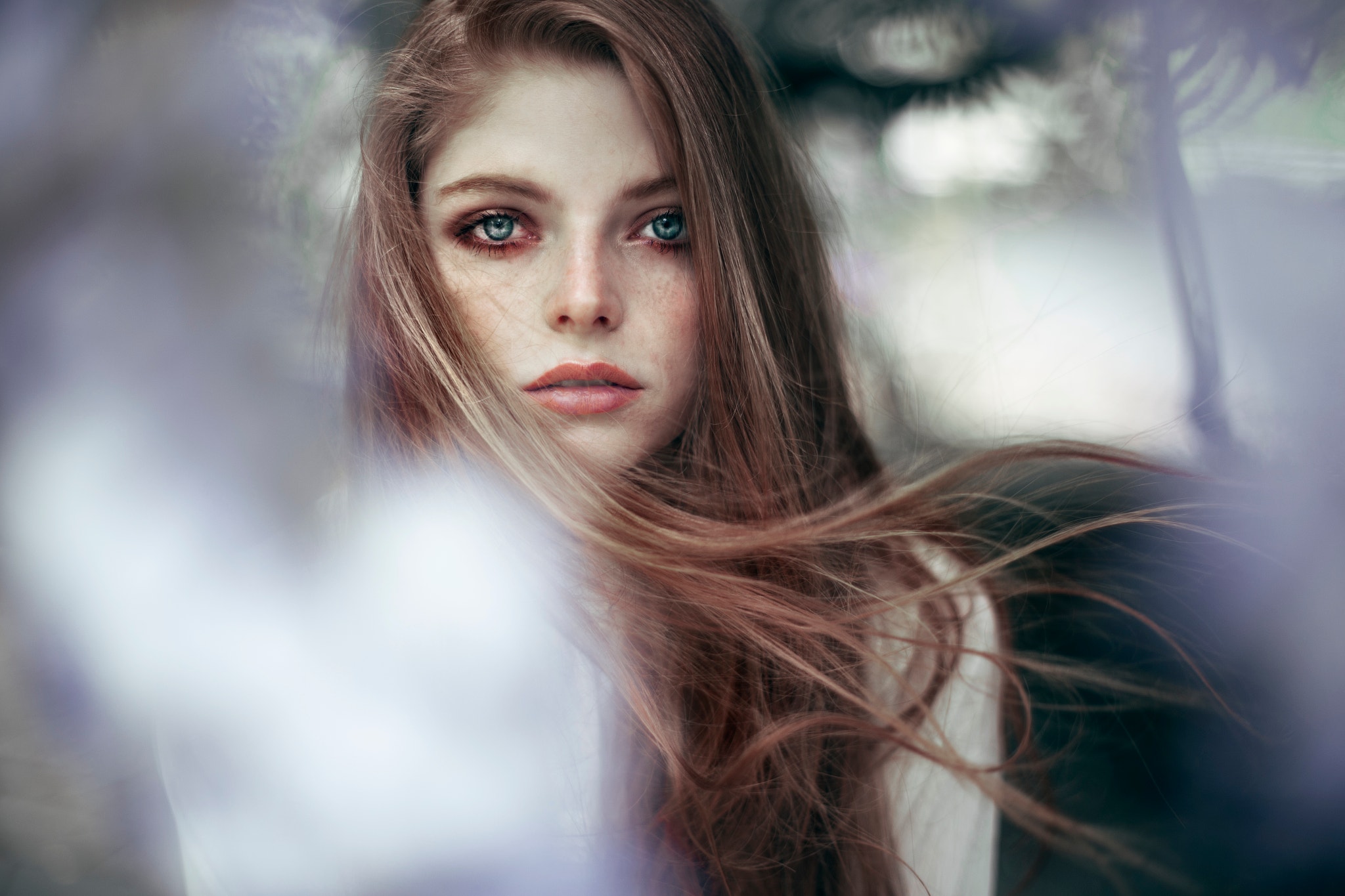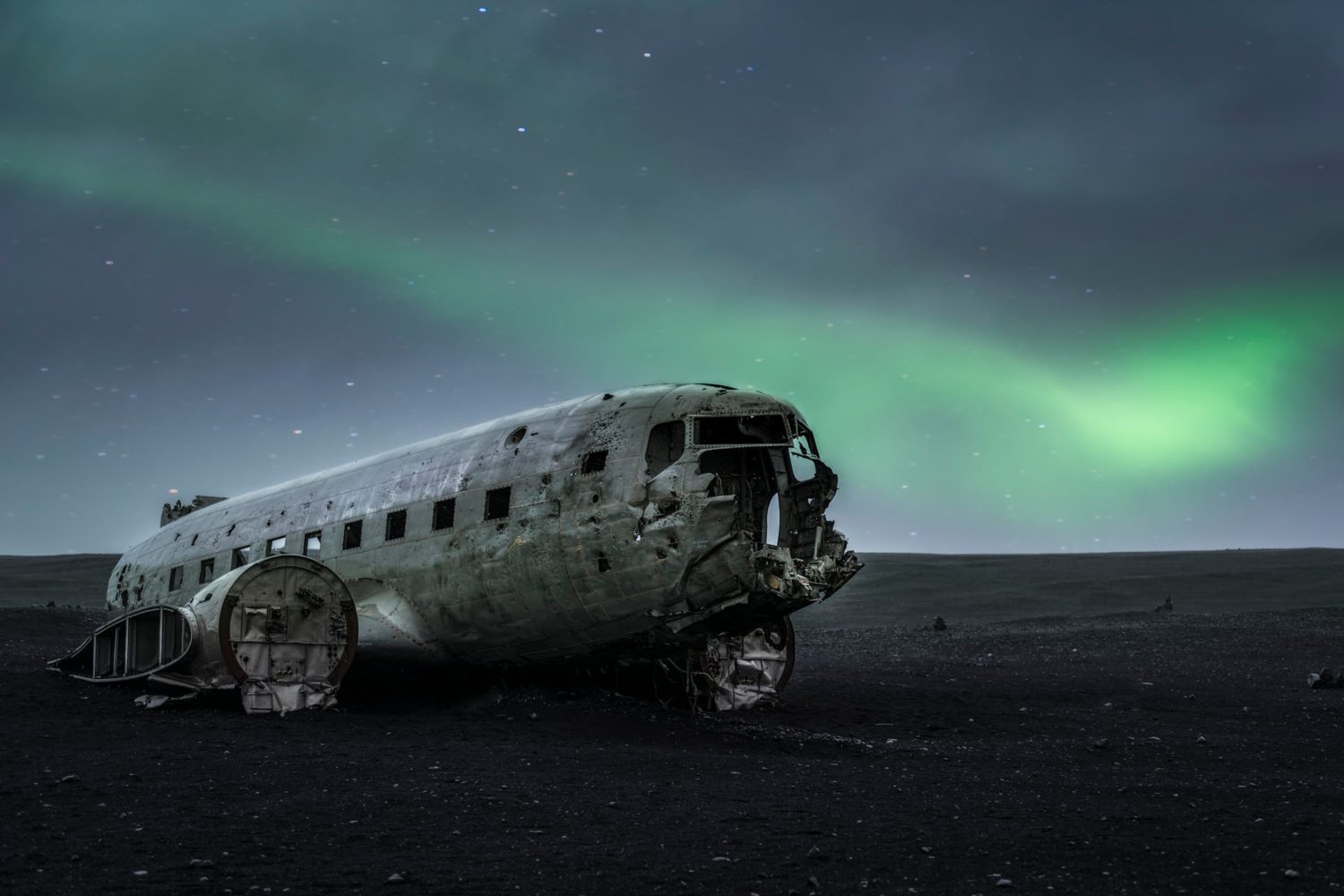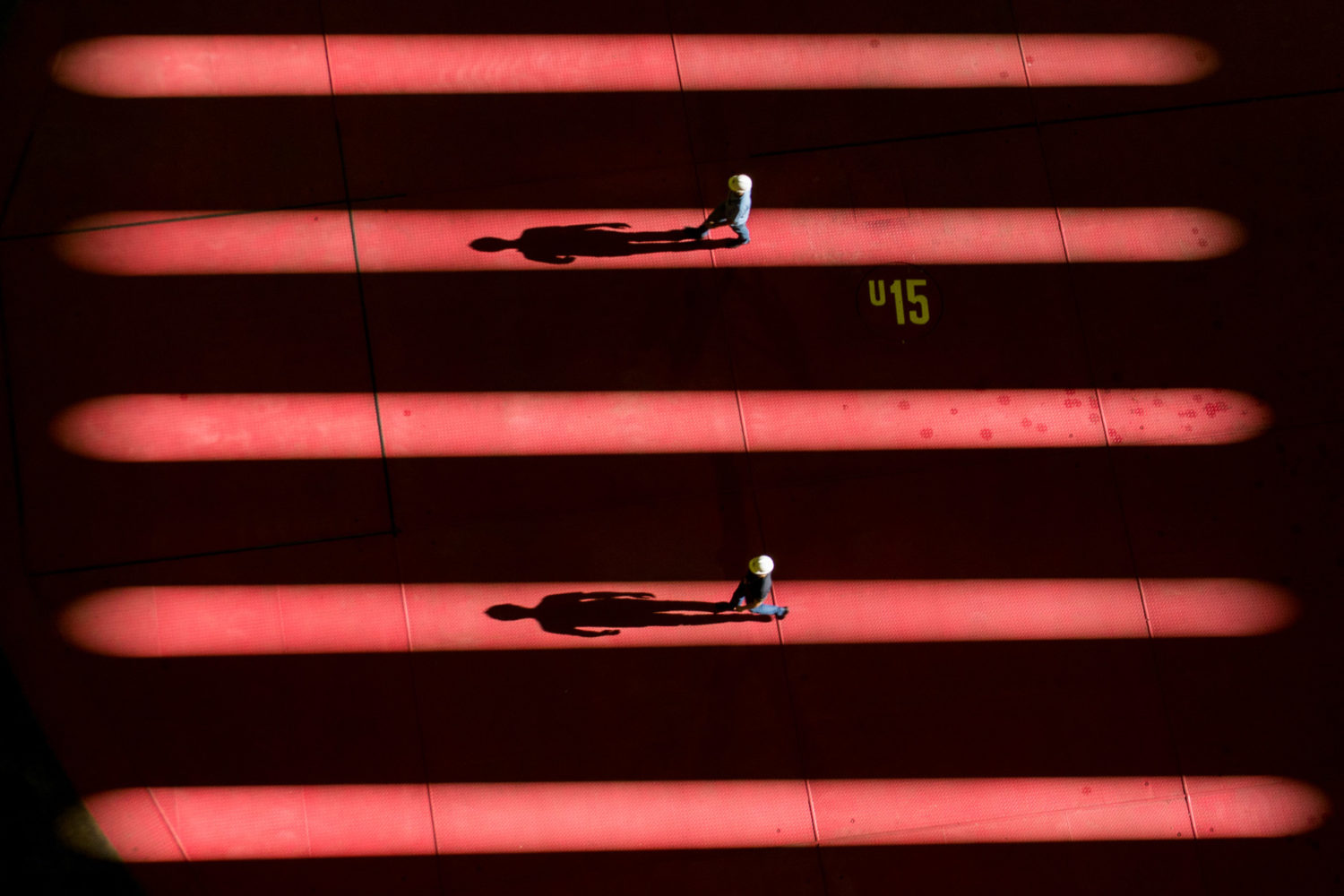If you’ve seen Agata Serge‘s portraits, then you know she’s got some serious bokeh skills. You may even know her as the #QueenofBokeh on Instagram, a title that’s well deserved.
For those of you new to bokeh, it’s “the aesthetic quality of the blur produced in the out-of-focus parts of an image produced by a lens.” Bokeh requires two things: a wide aperture and light. Agata Serge takes bokeh to new levels by using modified lenses (created by The Bokeh Factory) and working with unique models known for their freckles.
As a fan of Agata’s photography, I was excited to chat with her during our 500px Class webinar, “How To Bokeh”. She discussed her favorite lenses, Photoshop retouching tips, and “distractors,” one of the secret ingredients behind her portraits. Watch some of the highlights below.
Bokeh Lenses
Agata shared her favorite “lenses that give the best results in creating a bokeh effect.”
Zeiss Planar 50mm f/1.4
“Great 50mm lens from Zeiss, sharp with superb contrast and bokeh.”
Zeiss Biotar 50mm f/1.4
“Old-school lens from Zeiss from the 50’s. Amazing bokeh and picture rendering but not as sharp as Planar. Works only on mirrorless cameras.”
TBF 80/2
“Another lens from the 50’s made by The Bokeh Factory for medium format cameras that I’ve used on Kiev 60 and film. Great rendering and bokeh and old-school feel.”
Distractors
“You can use various objects and place them in the front of your lens (not covering the subject, of course) to create extra effects on your images with use of shallow depth of field. Flowers, plants, and little plastic diamonds are my favorite distractors.” -Agata Serge
Photo Retouching
When it comes to retouching her gorgeous portraits Agata uses Photoshop to carefully enhance the light and shadows of her portraits.
This week I’ll be chatting with Tanner Wendell about astrophotography as part of his 500px Class, “Photographing the Night Sky”.






Leave a reply